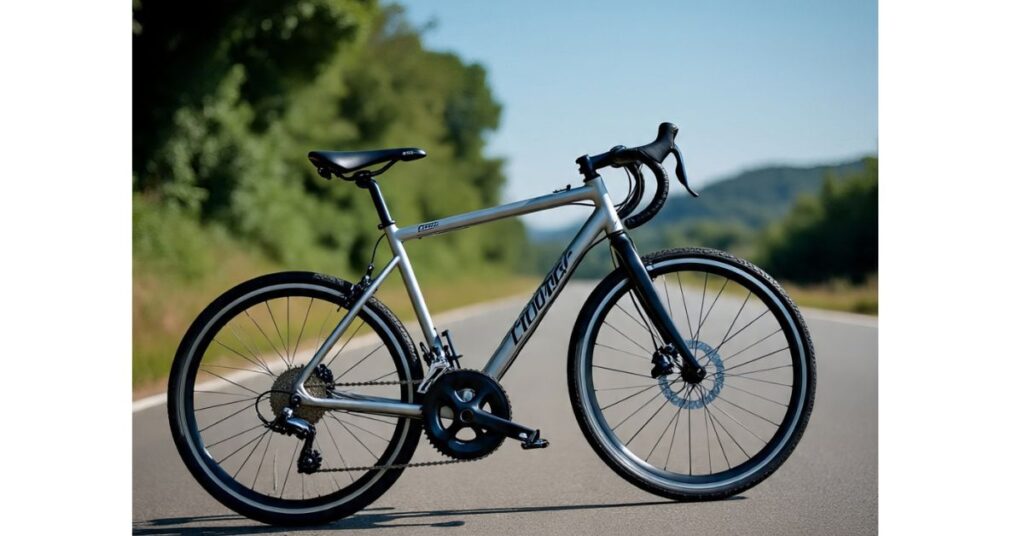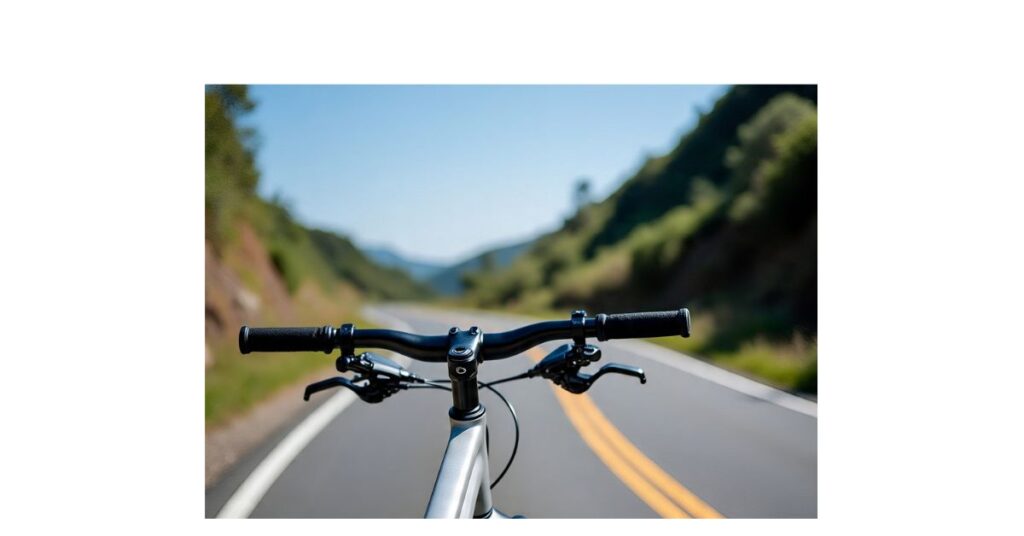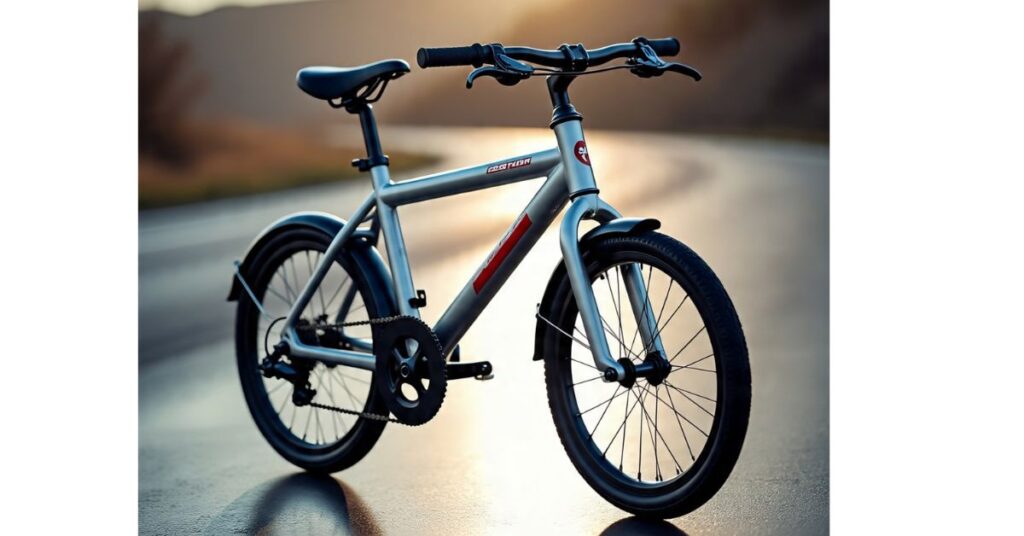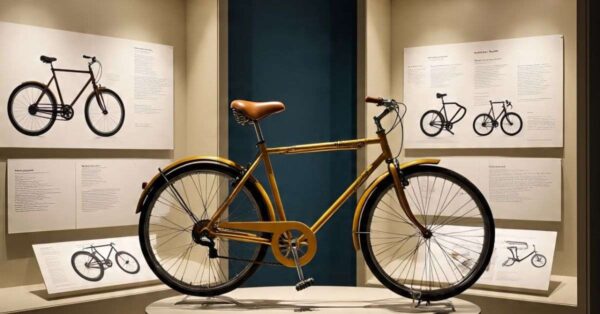Why the Stem Matters More Than You Think
If you’ve spent any real time on a Tour Easy, you already know it’s not your average bike. It’s not even your average recumbent. It’s a machine built for long, smooth miles, for that endless stretch of road where the horizon keeps moving away from you. But here’s something riders often overlook — the stem.

Yeah, that humble, almost boring-looking chunk of metal holding your handlebars? It’s the steering nerve center, the comfort adjuster, the silent dealmaker between you and your bike. A great stem setup feels like an extension of your body. A bad one? You’ll feel it in your wrists, shoulders, and — after enough miles — in your mood.
So, why should you care about the Tour Easy stem? Because the right stem setup can make your ride smoother, faster, and far more enjoyable. Let’s break this down.
A Quick Backstory – The Tour Easy Legacy
Easy Racers’ Tour Easy is a bit of a legend in the recumbent world. Born from Gardner Martin’s vision of a comfortable, aerodynamic, and long-distance-capable recumbent, it quickly became a favorite among cross-country riders and endurance enthusiasts.
Unlike upright road bikes, where your body naturally shifts weight over the bars, a recumbent like the Tour Easy keeps you leaned back in a relaxed, chair-like position. This means the stem’s job isn’t just about connecting handlebars to the fork — it’s about creating the perfect ergonomic bridge between your upper body and your steering input.
And here’s the twist: on a Tour Easy, stem geometry affects not just your reach, but also how the bike handles at both high speed and in slow, tight turns.
The Anatomy of the Tour Easy Stem
Let’s talk hardware. The Tour Easy stem can vary depending on the year, the build, and whether you’re rocking a stock setup or an aftermarket upgrade.
Materials:
- Steel – heavier but famously durable. Often comes stock and can take a beating.
- Aluminum – lighter and often anodized for corrosion resistance. Popular for riders chasing grams and clean aesthetics.
Adjustability:
Some Tour Easy stems are fixed, meaning the angle and height are locked. Others are adjustable, letting you tweak the bar position like adjusting the seat in a sports car. That adjustability can be a lifesaver when you’re fine-tuning comfort on multi-day tours.
Geometry Terms Made Simple:
- Reach – how far forward the bars sit from the steering column.
- Height – the vertical rise from the headset to your hands.
- Rake – the forward tilt, which subtly changes how “quick” the steering feels.
Think of it like setting your office chair height — too low, and you’re slouching. Too high, and you’re straining.
Comfort vs. Control – The Eternal Tug-of-War
Here’s the thing: you can set your stem for maximum comfort or maximum control — but getting both takes a little balancing act.
- Longer stem reach = more stable at speed, but can feel sluggish in parking-lot maneuvers.
- Shorter stem reach = more agile steering, but twitchier at 25 mph downhill.
- Higher stem height = upright, relaxed arms, but less aerodynamic.
- Lower stem height = better aero profile but more pressure on shoulders.
On my own Tour Easy, I once raised my stem by just 2 cm before a weekend ride. My neck thanked me. My average speed? Dropped a bit. Was it worth it? Absolutely — that’s the personal trade-off every rider has to make.
Common Stem Setups for the Tour Easy
If you buy a Tour Easy used, chances are you’ll see one of these:
- Stock Easy Racers Stem – Usually steel, non-adjustable, and built for durability.
- Kalloy Adjustable Stems – Aluminum, lighter, and easily adjusted with an Allen key.
- Sunlite Tall Rise Stems – Popular with riders who want their hands way up high for maximum comfort.
Taller stems are often preferred by touring riders who spend hours in the saddle, while shorter, lower stems appeal to riders chasing performance or commuting in urban traffic.
Adjustments That Can Save Your Neck (Literally)
The human body’s pretty honest — if your stem’s wrong, you’ll know it after a few rides. The signs? Stiff neck, sore shoulders, tingling fingers. The cure? A few smart adjustments.
Here’s the quick rider’s toolkit for stem tweaks:
- Allen keys (4mm, 5mm, 6mm) – for most clamp bolts.
- Torque wrench – so you don’t over-tighten and strip threads.
- Stem shims – if you’re fitting a different clamp size than your steerer tube.
Adjust height first, then reach. And don’t be afraid to test ride after every tweak. Two degrees of angle can feel like a different bike.
Maintenance – Keeping the Stem Solid and Squeak-Free
A loose stem isn’t just annoying — it’s dangerous. Check your Tour Easy stem at least once a month for:
- Play in the steering – grab the bars, rock them back and forth; any knock means tightening is needed.
- Corrosion – especially in humid or coastal areas.
- Cracked welds – rare, but worth checking on older steel stems.
A light coat of grease on bolts keeps them from seizing. In wet climates, wipe down after every ride. Sounds fussy, but it’s a habit that can make your stem last decades.
Aftermarket Upgrades – Is It Worth It?

For some, the stock stem is fine forever. Others treat their Tour Easy like a hot rod, swapping parts until every ounce of performance is squeezed out.
Popular aftermarket choices:
- Terracycle GlideFlex Stems – smooth adjustability and a clean look.
- RANS Flip-It Systems – lets the bars fold forward for easy mounting/dismounting.
- Custom machined aluminum stems – for those who want both function and art.
Is it worth upgrading? If you ride daily, tour long distances, or just want a better fit — yes. If you only ride occasionally for leisure, maybe not.
Real Rider Stories – Small Changes, Big Difference
One guy I know, Ron from Oregon, swapped his stock stem for a taller Sunlite rise. He said it felt like “going from crouching over a desk to leaning back in a recliner.” Another rider on the BentRider forums claimed a shorter, stiffer stem improved his downhill handling so much that he started winning local time trials.
These aren’t isolated stories — small hardware changes can have an outsized effect on how connected you feel to your bike.
Buying Guide – Picking the Right Stem for Your Tour Easy
When you’re ready to change stems, keep this checklist handy:
- Fit: Make sure the clamp size matches your steerer and handlebars.
- Material: Steel for rugged durability, aluminum for lighter weight.
- Adjustability: Worth having if you’re still dialing in your position.
- Height & Reach: Measure your current setup and know what you want to change.
- Brand Reputation: Stick with known cycling brands for safety and longevity.
Budget stems can work fine, but premium ones often offer better finish quality and smoother adjustability.
Closing Thoughts – Your Stem, Your Ride
At the end of the day (okay, I promised not to say that… but really), your Tour Easy stem is more than just a metal stick. It’s a key part of your comfort, control, and connection to the bike.
Get it right, and you’ll forget it’s even there — which is exactly how it should be. Get it wrong, and every mile will remind you.
So, whether you’re keeping it stock, tweaking for comfort, or chasing the perfect aero setup, remember: the Tour Easy stem is small in size, but big in ride quality.






